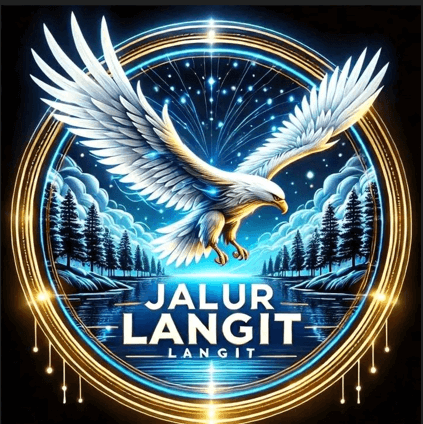Togel Macau: Pengeluaran Macau || Data Macau || Toto Macau || Keluaran Macau Hari Ini
Toto Macau adalah varian permainan togel yang berasal dari macau, salah satu wilayah administratif khusus di tiongkok yang dikenal sebagai pusat perjudian internasional. Berbeda dengan togel konvensional, togel macau menawarkan hasil pengeluaran hingga empat kali dalam sehari, menjadikannya salah satu pasar togel dengan frekuensi result terbanyak. Untuk menghindari manipulasi data atau informasi palsu, pemain disarankan hanya melihat pengeluaran macau hari ini dari situs resmi atau agen togel terpercaya. Beberapa platform bahkan menyediakan fitur live draw macau dan notifikasi otomatis untuk setiap hasil keluaran terbaru. Adapun, data keluaran macau sangat penting bagi para pemain togel yang mengandalkan angka-angka hasil sebelumnya untuk menganalisis peluang. Setiap angka result yang dirilis bersifat resmi dan dapat diakses secara real-time melalui situs-situs togel terpercaya. Yang terpenting, toto macau sendiri merupakan pasaran togel internasional yang menawarkan fleksibilitas, kecepatan, dan keakuratan data macau. Baik kalian sebagai pemain baru atau profesional, mengikuti keluaran Macau hari ini dan menganalisis data macau secara berkala akan meningkatkan peluang menang dan membuat pengalaman bermain lebih menyenangkan. Jadi, bagi kamu yang belum bergabung bersama kami, maka segera daftar akun resmi dapatkan penawaran menarik dari pasaran toto macau ini setiap hari disini.
⚠️ Disclaimer: Informasi pada halaman Toto Macau disediakan hanya untuk keperluan referensi dan hiburan. Kami tidak menganjurkan atau terlibat dalam aktivitas perjudian. Segala bentuk pengambilan keputusan berdasarkan data yang ditampilkan menjadi tanggung jawab masing-masing pengguna. Harap gunakan informasi ini secara bijak. ️
